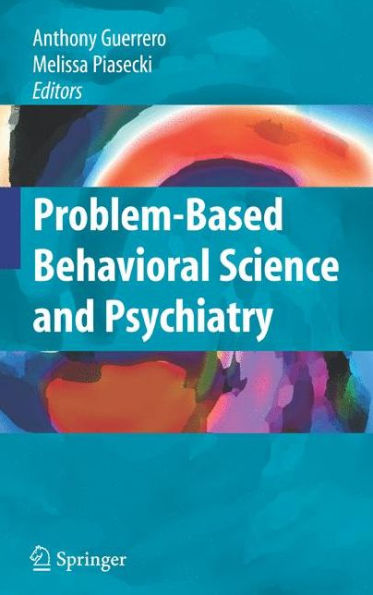This book presents simulated patient cases in psychiatry and behavioral science, providing a real-world context for students and graduates in these areas. It introduces the topics described below through detailed case vignettes using a model of problem-based learning called progressive disclosure. Sample diagrams known as mechanistic case diagrams illustrate the neurobiological mechanisms underlying behavioral symptoms and show how behavioral and psychosocial factors impact on patient care.
This book presents simulated patient cases in psychiatry and behavioral science, providing a real-world context for students and graduates in these areas. It introduces the topics described below through detailed case vignettes using a model of problem-based learning called progressive disclosure. Sample diagrams known as mechanistic case diagrams illustrate the neurobiological mechanisms underlying behavioral symptoms and show how behavioral and psychosocial factors impact on patient care.

Problem-based Behavioral Science and Psychiatry
462
Problem-based Behavioral Science and Psychiatry
462Paperback(Softcover reprint of hardcover 1st ed. 2008)
Related collections and offers

Product Details
| ISBN-13: | 9781441926531 |
|---|---|
| Publisher: | Springer New York |
| Publication date: | 10/29/2010 |
| Edition description: | Softcover reprint of hardcover 1st ed. 2008 |
| Pages: | 462 |
| Product dimensions: | 6.10(w) x 9.25(h) x 0.04(d) |
